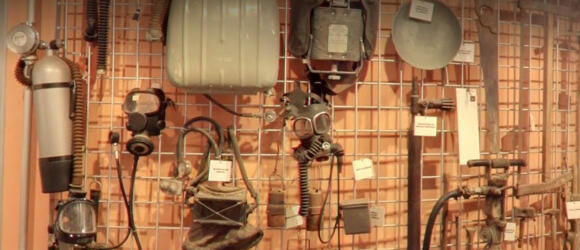Many science and natural history museums around the world offer free virtual tours — just a click away on your computer. These experiences can offer hours of curiosity and enjoyment, whether you're exploring on your own or as a shared family activity. These are some of the best you can find.
Smithsonian National Museum of Natural History
Museum highlights: One of the largest natural history museums in the world, the Smithsonian houses an extraordinary collection of over 145 million specimens. These include plants, taxidermied animals, fossils, rocks, meteorites, minerals, crystals, archaeological artifacts, and more. Collectively, they tell the story of Earth — encompassing both its living organisms and non-living elements.
14 View gallery


Over a Century of bringing science to the public. The museum in an aerial photo and a 1926 illustration
(Photo: Amanda, Library of Congress, Wikipedia)
What you can explore: The museum offers virtual tours of its permanent and temporary exhibitions, such as the Bone Hall, the Butterfly Pavilion, or an extensive exhibit of artifacts from Africa. You can also explore past exhibitions, such as Cyprus: Crossroads of Civilizations or an exhibition on the dramatic 2010 rescue of miners trapped in the San José mine in Chile.
Navigation through the virtual museum is done using blue arrows on the floor and your mouse or trackpad. Camera icons allow you to view some exhibits and explanations up close, though using the scroll option often provides a better zoom. Some displays also offer recorded guided tours.
Location: Washington, D.C., United States
Idaho Museum of Natural History
Museum highlights: The official natural history museum of the state of Idaho, USA. It features a wide range of exhibits in anthropology, paleontology, earth sciences, and life sciences.
14 View gallery
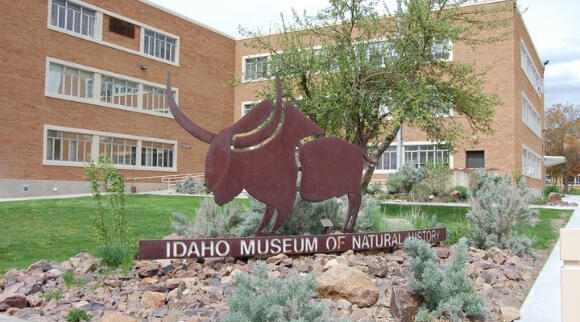

A museum that gets into your bones. Front view of the Natural History Museum at Idaho State University
(Photo: Abbaby, Wikipedia)
What you can explore: The museum offers a comprehensive virtual experience through its dedicated online platform. Visitors can view museum exhibits in 3D through images and short videos, complete with details about their actual size, origin, and context. The virtual collection is organized into four sections: fossils, ancient human-made tools, osteology (the study of bones), and plants.
Location: Idaho State University, Pocatello, Idaho, United States
Galileo Museum (Museo Galileo)
Museum highlights: Located in Florence, Italy, the Galileo Museum is dedicated to the history of science and to the legacy of Galileo Galilei. The museum showcases a remarkable collection of scientific instruments, including many from the Medici and Lorraine dynasties, with a focus on Italian scientific achievements from Galileo’s era through the 20th century.
14 View gallery
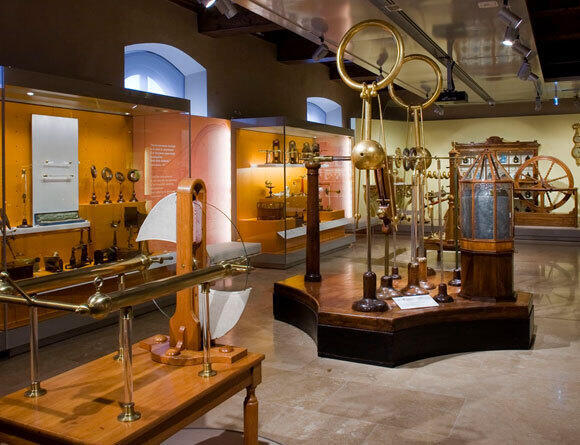

A vast collection of scientific instruments from the Middle Ages onward. Museo Galileo
(Photo: from the museum website)
What you can explore: The museum’s website offers a series of virtual tours through its exhibition halls, presented via Flash-based files. It also features an extensive multimedia section with videos, detailed descriptions of exhibits, and the option to download the full museum catalog in PDF format.
Location: Florence, Italy
Houston Museum of Natural Science
Museum highlights: This four-story museum features an impressive array of permanent natural science exhibits — including a dinosaur hall, a butterfly house, planetarium, and a variety of rotating exhibitions covering topics from astronomy to ecology.
14 View gallery
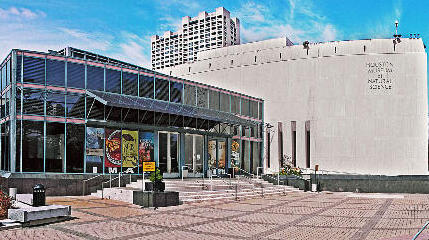

Four floors of exhibits and displays. The museum in Houston
(Photo: Wolfgang Manousek, Wikipedia)
What you can explore: Take a virtual tour of the museum’s permanent exhibits through Google Arts & Culture.
Location: Houston, Texas, United States
Get the Ynetnews app on your smartphone: Google Play: https://bit.ly/4eJ37pE | Apple App Store: https://bit.ly/3ZL7iNv
The National Museum of Computing (UK)
Museum highlights: Dedicated to the history of computing, this museum is located near the site where Alan Turing and Britain’s early computer pioneers worked. It showcases early computing systems and traces the development of computers through the decades.
14 View gallery
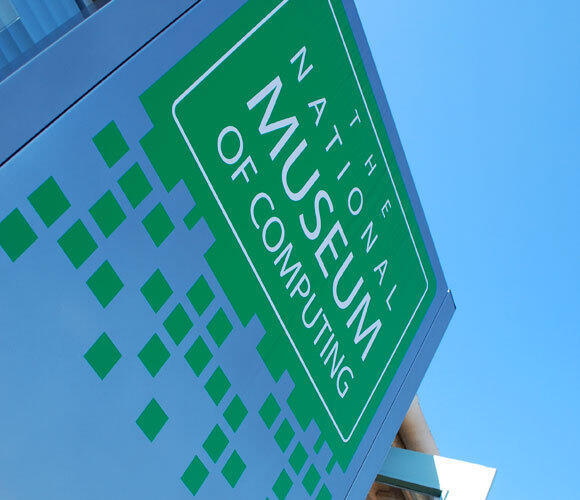

The development of computing over the years. The museum at Bletchley Park
(Photo: Adam Bradley, Wikipedia)
What you can explore: A virtual tour of the museum navigated with your mouse, featuring detailed images and explanations for some exhibit components. The content is rich, and the interface is simple and user-friendly.
Location: Bletchley Park, England
Milan Natural History Museum
Museum highlights: This large natural history museum and the oldest civic museum in Milan features an extensive mineral collection, a paleontology section, a human evolution exhibit, and various zoological displays.
14 View gallery
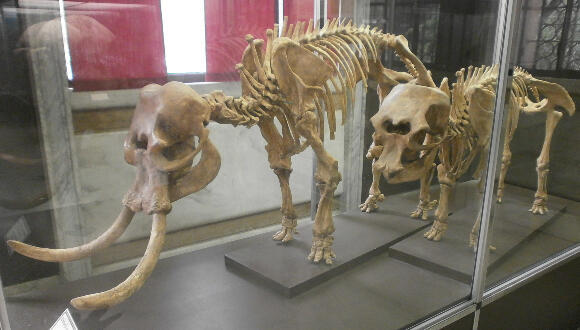

An impressive paleontological display. Skeleton of a pygmy elephant at the Milan Natural History Museum
(Photo: Stefano Stabile, Wikipedia)
What you can explore: Take a virtual tour of the museum’s permanent exhibitions via Google Arts & Culture.
Location: Milan, Italy
Natural History Museum, London
Museum highlights: One of the largest and most iconic natural history and science museums in the world, this museum houses approximately 80 million specimens from around the globe. Its collections span multiple scientific fields, including botany, entomology, mineralogy, zoology, and paleontology.
14 View gallery
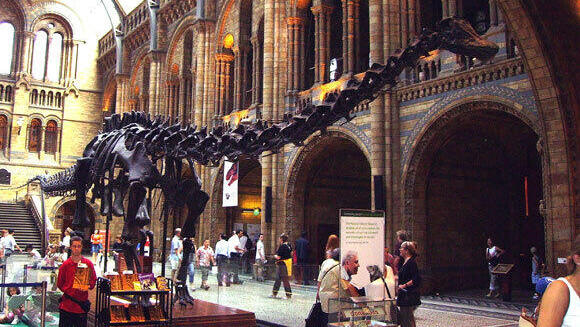

One of the largest museums of its kind. The Diplodocus skeleton at the London Natural History Museum
(Photo: Ballista, Wikipedia)
What you can explore: Take a virtual tour of the museum’s permanent exhibitions through Google Arts & Culture.
Location: London, United Kingdom
Berlin Museum of Natural History
Museum highlights: This museum is home to approximately 30 million specimens spanning the life sciences, paleontology, and mineralogy. Among its exhibits is a rare fossil of the Archaeopteryx, one of the earliest known bird species.
14 View gallery
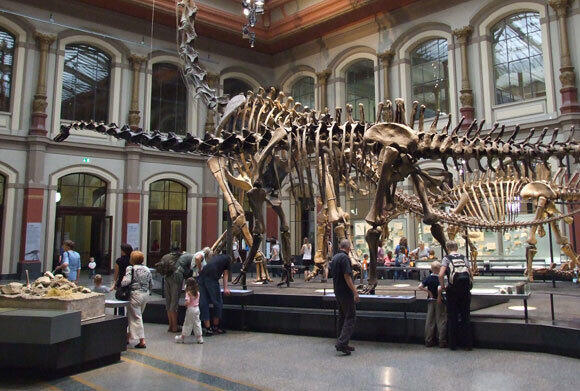

A glimpse into a vast collection. The dinosaur hall at the Museum of Natural History, Berlin
(Photo: Ilja.nieuwland, Wikipedia)
What you can explore: Explore the museum’s permanent exhibitions through a virtual tour on Google Arts & Culture.
Location: Berlin, Germany
Brooklyn Botanic Garden
Museum highlights: Located in the heart of New York City, the Brooklyn Botanic Garden is home to approximately 14,000 plant species from around the world. It offers visitors a chance to explore an extraordinary diversity of flora.
14 View gallery


A tour among approximately 14,000 plant species. The Brooklyn Botanic Garden
(Photo: King of Hearts, Wikipedia)
What you can explore: Take a virtual stroll through the garden’s permanent displays via Google Arts & Culture. The tour includes visuals only, with no additional explanations.
Location: New York, United States
German Oceanographic Museum
Museum highlights: Located in the historic port city of Stralsund, Germany, this museum is one of the country’s leading institutions for marine science and oceanography. It features engaging exhibits on marine ecosystems, ocean exploration, fisheries, and climate research — as well as aquariums with species from tropical and temperate waters. Please note: most on-site signage is in German.
What you can explore: Take a virtual tour of the museum’s permanent exhibitions via Google Arts & Culture. The tour provides a visual experience only and does not include additional explanations.
Location: Stralsund, Germany
National Institute of Biological Resources (South Korea)
Museum highlights: Offers a unique display of the region’s biodiversity, featuring taxidermied terrestrial and marine mammals, birds, and an extensive insect collection — primarily focusing on Korea’s native species and ecosystems.
14 View gallery
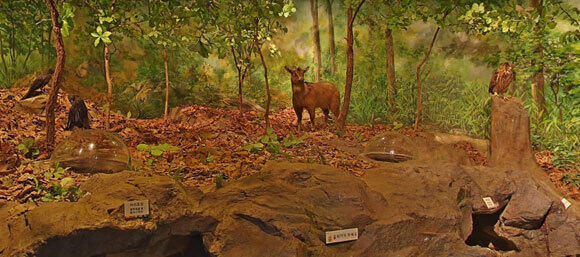

Biodiversity of East Asia. A taxidermied Amur goral (long-tailed goral) on display at the museum
(Photo: Museum website)
What you can explore: Take a virtual tour of the museum’s permanent exhibition via Google Arts & Culture. While most display signs are in Korean, the visuals speak for themselves.
Location: Incheon, South Korea
Museum of Mercury Mines of Mount Amiata
Museum highlights: This small but distinctive museum in Santa Fiora, Italy, is dedicated to the history of mercury mining. It offers insight into the daily lives of miners, the tools they used, and the minerals they extracted from the Monte Amiata region.
What you can explore: Take a virtual tour of the museum’s permanent exhibition via Google Arts & Culture. While detailed explanations are not provided, some Italian-language display signs can be read when zoomed in.
Location: Santa Fiora, Italy
Smithsonian: National Air and Space Museum
Museum highlights: Maintains one of the world’s largest collections of aviation and space artifacts. Its exhibitions trace the history of human flight — from the earliest aircraft to modern space missions — including highlights from NASA missions across the solar system and more.
14 View gallery
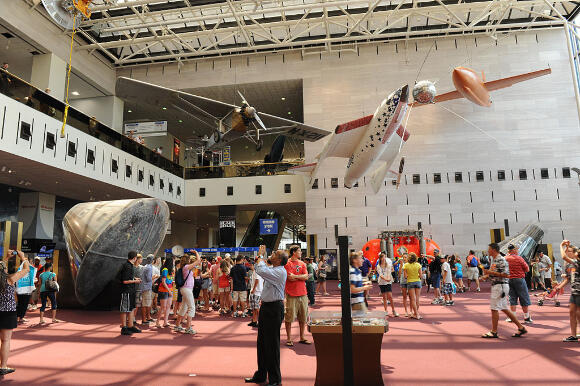

Milestones in aviation history. The museum’s entrance hall
(Photo: Jawed Karim, Wikipedia)
What you can explore: While the museum’s website does not offer a fully immersive virtual tour, it features a wealth of information, images, presentations, and fascinating historical stories. Many of the exhibitions can be explored virtually under the On View Exhibition tag, though these rely on older formats such as Flash and QuickTime and contain relatively limited content.
Location: Washington, D.C., United States
The Virtual Museum of Molecules and Minerals
Museum highlights: his fully online museum by the University of Wisconsin offers educational content and interactive 3D visualizations of a wide range of molecules and materials.
14 View gallery


Visualizations of various molecules and crystals. The virtual museum
(Photo: Screenshot)
What you can explore: Browse a selection of 3D molecular models, each accompanied by explanations. The site uses the JSmol applet for visualization, which may not be compatible with certain browser extensions.
Location: Online
History of Science Museum, University of Oxford
Museum highlights: Operated by the University of Oxford, this museum features both permanent and temporary exhibitions dedicated to the history of science. Its rich collection includes historic scientific instruments such as astrolabes used for navigation, mathematical tools, and early devices from the fields of chemistry, medicine, and more.
14 View gallery


From ancient navigation instruments to medical equipment. The façade of the History of Science Museum at the University of Oxford
(Photo: Wikipedia, public domain)
What you can explore: Browse photos of the museum’s exhibitions, accompanied by detailed explanations.
Location: University of Oxford, United Kingdom


